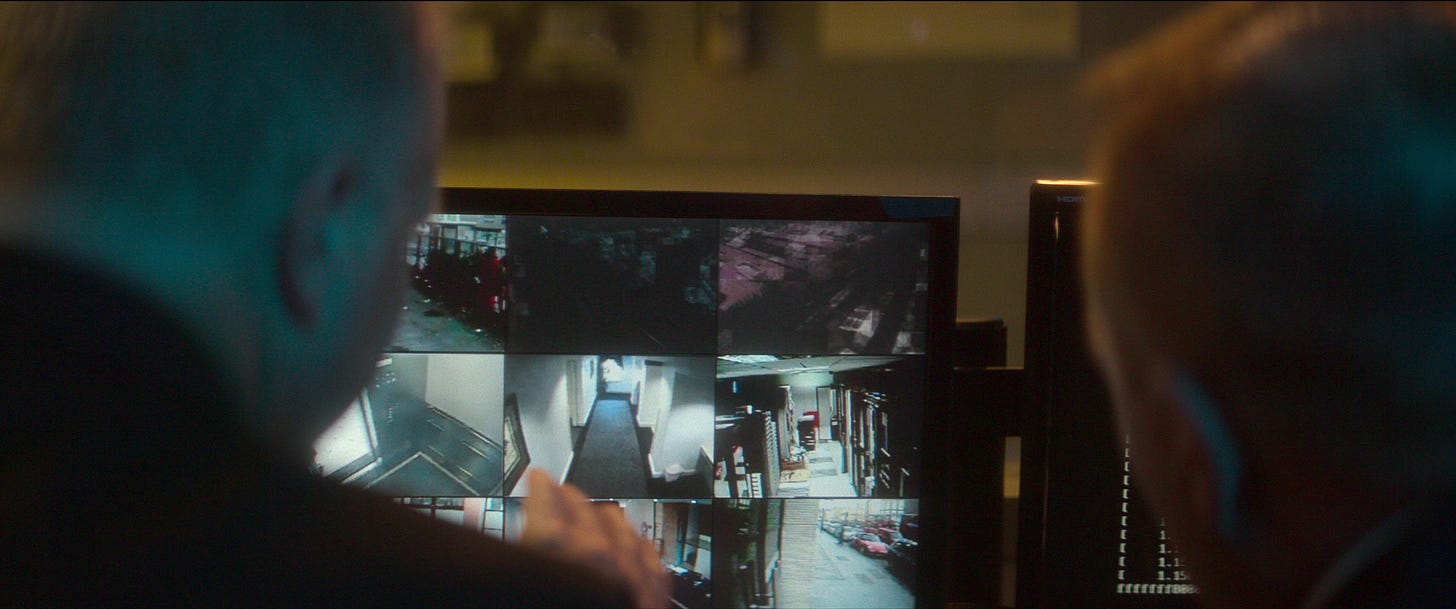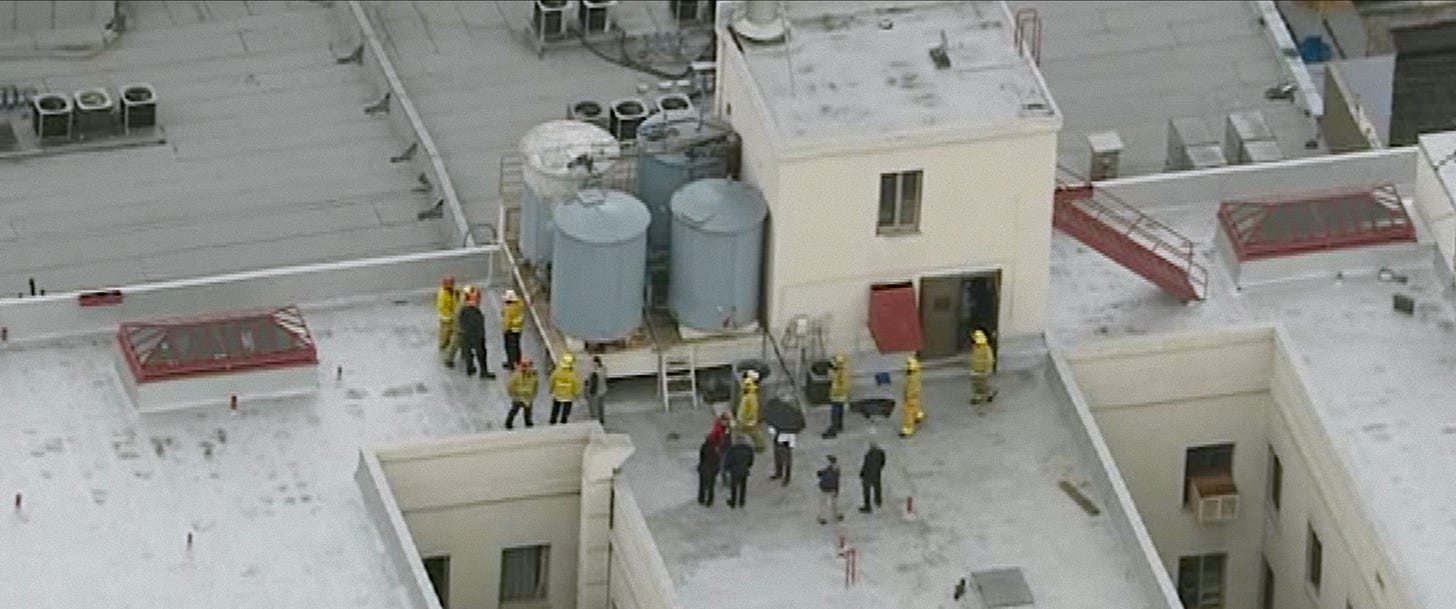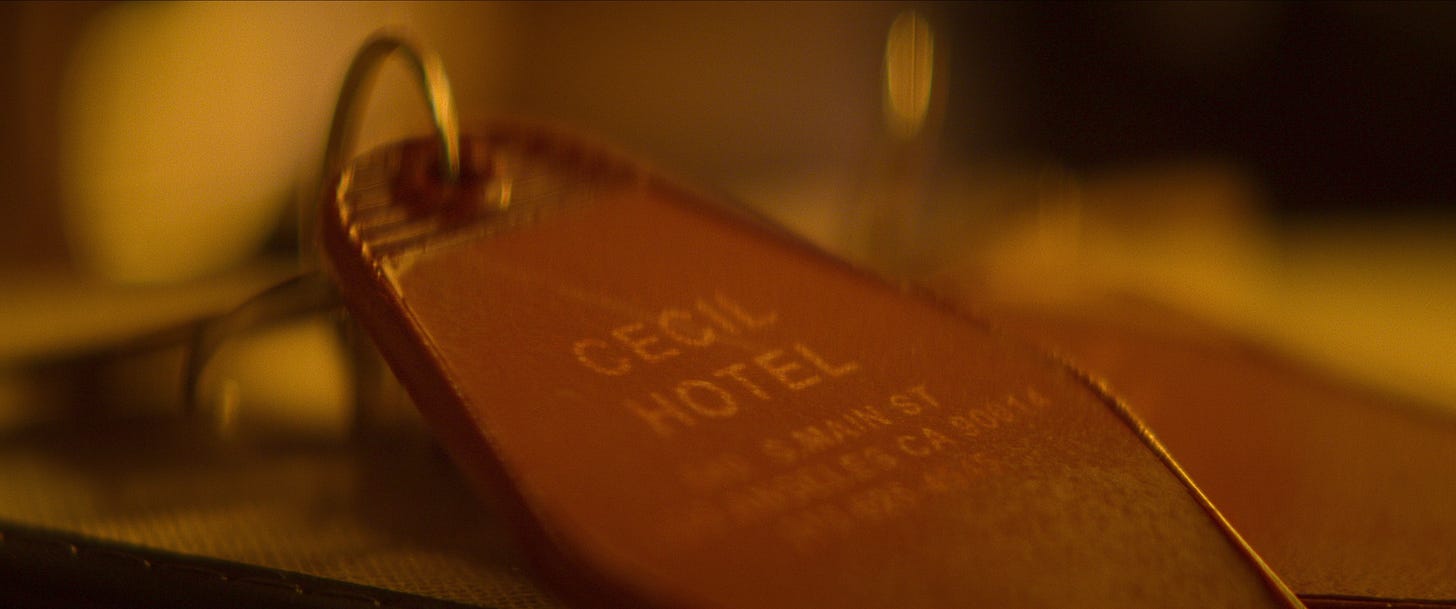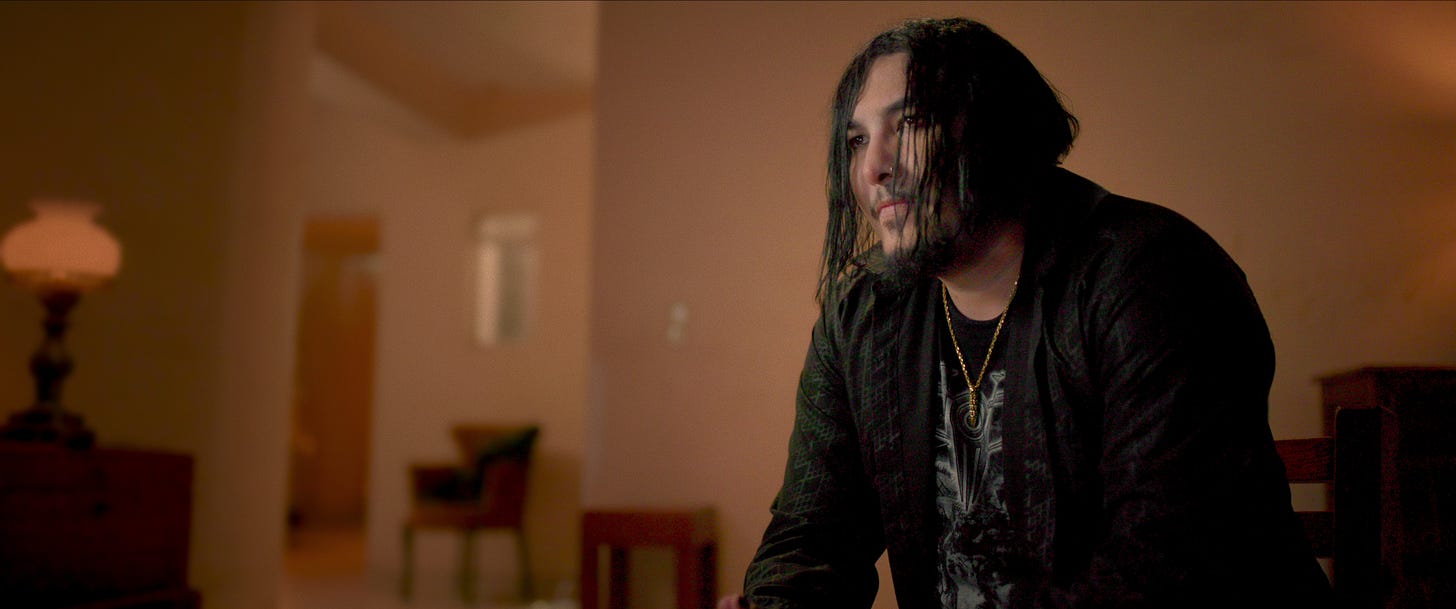I spent last weekend engrossed and enthralled, then displeased and repulsed, and finally sick and disgusted, by this stupid, terrible Netflix true crime series. I watched it so you don’t have to. It’s my civic duty, I guess. Just consider yourself warned. Because I regret it. Holy hell I regret it. Here’s why. Let’s go…
I didn’t turn my TV off when Mariah Carey-sized orchestral arrangements scored sinister re-enactments of simple, innocuous things, like someone walking down a corridor, using an elevator, or climbing a flight of stairs.
I didn’t turn it off when this “documentary” dived down multiple rabbit holes that were unnecessary and irrelevant, painstakingly pointless, and led to nowheresville, over and over again.
I also didn’t turn it off when generic stock video footage of keyboard warriors bashing away at their keyboards - those overbearingly earnest, self-entitled “internet sleuths” - became too much to bear.
Some time before I watched the fourth episode, or the third, or the second, or even the first, I should have turned this damned show off. I should have found something else to do with my life.
Instead, I find myself here, writing this to warn you not to make the same mistake.
Because Netflix’s new true crime series suuuuucks.
Welcome to Crime Scene: The Vanishing at the Cecil Hotel, a four-part series that’s an absolute shitshow of a documentary. It’s a garbage-bag of a series, one that we’ll hopefully look back on as the absolute nadir of the true-crime genre.
Do not watch this series. I repeat: DO. NOT. WATCH. IT. Despite the big names attached to it - Joe Berlinger directed it, and he and Ron Howard executive produced it - there is nothing redeemable about a show that takes a really sad story and latches stupid assumptions and idiotic conspiracy theories onto a case that does not warrant them.
There’s no denying the death of Elisa Lam is tragic. In 2013, the Canadian student went missing while traveling around America. Her final stop was at the Hotel Cecil in Los Angeles, a dump of a place that was, at one time, home to serial killer Richard Ramirez.
There’s a Netflix series out now about him too. Apparently it’s much better than this.
Despite multiple searches by the police, Lam wasn’t found until two Hotel Cecil guests complained about the murky water coming out of the taps that they’d been drinking from, and using to wash and brush their teeth. Eventually, a maintenance worker found Lam floating in one of the hotel’s rooftop water tanks.
Yep, that couple (below) had been drinking dead body water. Yuck.
All of that is unbelievably depressing, and there’s no denying there’s a decent episode of Unsolved Mysteries, or, at a push, a 90-minute made-for-TV movie to be had out of all of this, if it was re-cut, re-angled and refocused with different intentions.
But The Vanishing at the Cecil Hotel is padded out to last for nearly four hours. And when I say padded, I mean it’s really fucking padded.
There is no new information that documentary makers add to the case. Instead, they interview multiple police officers and detectives, hotel workers, journalists and historians about the events surrounding Lam’s murder. Some of them are essential to the story, especially Amy Price, the hotel’s former manager who is talking here for the first time. Some aren’t, like the maintenance worker who barely gets a word out.
Much of it is overkill: the constant footage of people writing inane Facebook comments, the stupid re-enactments by actors, and all of the readings from Lam’s old Tumblr page. And that’s before you get to the internet sleuths. Fuck those guys.
Sometime around the end of episode two, when police publicly release that really eerie video of Lam acting strangely in an elevator just before she went missing, a grab-bag of internet personalities and social media types are interviewed, at length, about their supposed knowledge of the case.
It’s a complete waste of time. All they do is ask hair-brained questions and deliver conspiracy theories that do not deserve answers. Whose shoe was visible in the elevator video? Why was footage cut out of the elevator video? Who messed with the clip’s time stamps? What were the police and hotel staff covering up? How did Lam get onto the roof? And who put the water tank lid back on once she was in it?
At one point, it’s hinted that Ramirez might have had something to do with it, even though he lived there decades before Lam’s death. At another, death metal singer Pablo C. Vergara, an actor and musician who goes by the name Morbid, gets the blame. Poor guy. He says his life has been ruined by those accusations.
All of this is meaningless nonsense. None of the internet sleuth interviews, or the idiotic YouTube rants that are replayed over and over again, are worth the screentime. They exploited the case to promote their own social media and YouTube channels, and The Vanishing at Hotel Cecil lets them do it all over again.
Instead of all that filler, the documentary could have played the interview with the coroner who investigated the case much earlier. Jason Tovar is a no-nonsense chap who calmly explains that at the time she went missing, Lam had tapered off her prescription medication to treat her bipolar disorder, and was probably in the middle of a breakdown.
As it turns out, what the documentary makes out to be a murder-mystery conspiracy is really just an incredibly sad story about someone losing her mental health battle.
Lam’s story didn’t deserve this kind of salacious treatment. This story could have been told another way, by focusing on the history of Skid Row, the streets of despair surrounding the Hotel Cecil, an area of Los Angeles that is far more intriguing than any of the bullshit being peddled here.
Please, just move along, there’s nothing to see here. If you’re after a decent true crime series, Netflix is home to The Staircase and Making a Murderer, while Neon hosts The Jinx, and Amazon Prime Video has Lorena. Your favourite podcast streaming service has Dr Death, Criminal and Dirty John, and many, many others.
If you really are in the mood for stories that try to dig up dead bodies, they’ll do the trick nicely. Elisa Lam’s case should have been left to rest in peace.
If you’re a fan of Boiler Room, and can afford it, please consider becoming a paid subscriber. I’m hoping to do much more with my newsletter this year, including interviews and investigations and all sorts of other good stuff. But all that journalism takes time. If you’re interested in helping out, you can find out how here…









